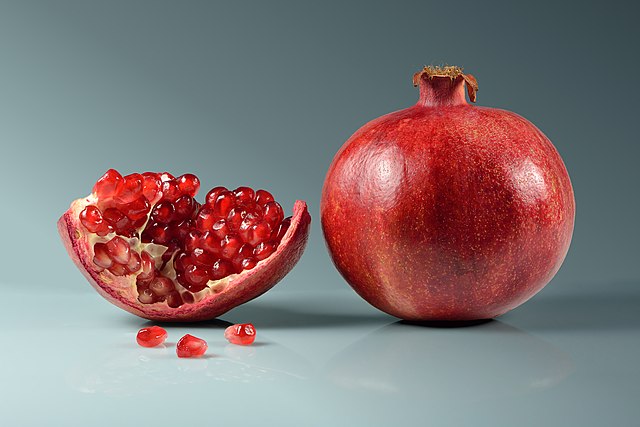Nestling under favourable horticultural growing conditions, the 615 hectares of pomegranates in Iran’s western province of Kordestan will produce 10,000 tons in the 2023 season.
According to Zahed Haji-Mirzaei, the director for horticulture affairs in Kordestan’s Agriculture Department, the harvest will continue to the end of the Persian November (November 21 in the Gregorian calendar).
The director also reiterated that the current pomegranate production in Kordestan actively involves 800 people.
Reza Nourani, the chairman of Iran Fruit Union, on the other hand, cited Iran as the green garden of the region. He said that the country boasts more horticultural produce than its neighbors.
On his part, the deputy Minister of Agriculture for horticulture affairs, Mohammad-Mehdi Boroumandi enthused over the untapped production potential.
The deputy minister mentioned plans to boost production through the revamping of gardens, countrywide. He mentioned local tropical fruits including banana, mango, coconut and pineapple as among the agricultural produce that makes Iran self-sufficient.
Iran: country profile for pomegranates
Iran ranks as the biggest exporter of pomegranates globally, but the export data is unavailable.
Situated in northerly coordinates of 25o03’-39o47’ and easterly coordinates of 44o05-63o18’, Iran enjoys a continuous plateau. The placement near the Mediterranean climate makes the country suitable for agriculture despite its desert environment.
The pomegranate is one of the many fruits native to Iran. Its species name Punica granatum L. has some etymological relationship with the Farsi word for the fruit, ‘anar.’
The Latin term ‘granatum’ partly attributes to the seeded nature of the fruit. Local people, right from the ancient Persians, have always venerated the fruit as a fertility symbol courtesy of its numerous seeds.
In the past, Persians burnt pomegranates in spiritual rituals while newlyweds received them as gifts to insure fertility.
Yalda Nights is another long-lived tradition where Iranians celebrate with the fruit to usher in brighter days.
The legacy of these ancient traditions are today accessible in UNESCO heritage sites such as Persepolis. This old capital of ancient Persia houses carvings and reliefs of pomegranate trees.
Ultimately, the starchy fruit has always served in Iranian food as a tasteful garnishing and flavouring agent.
As such, Iranian varieties are quite seeded and colorful. They range from red to black cultivars and are a haven of tastes from sweet to sour. It is no wonder then that pomegranates have ameliorated the local cuisine and culture of the people for ages.
